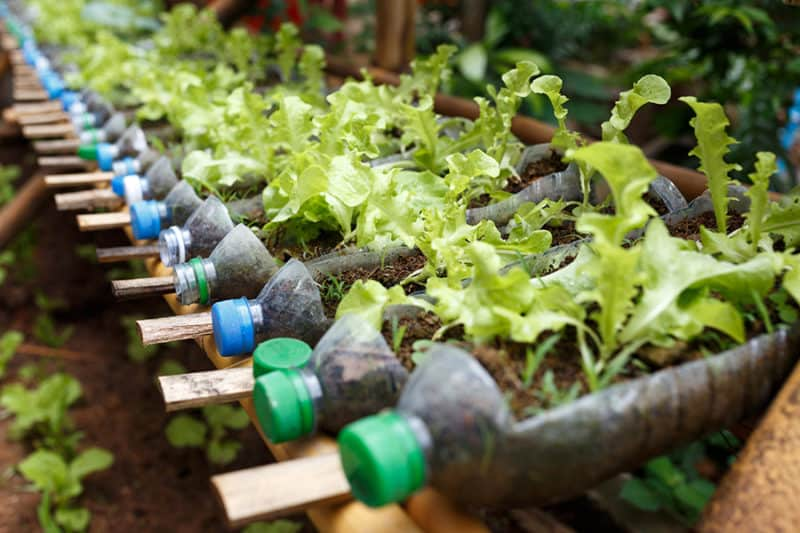When it comes to creating a successful survival garden, one of the most important things to consider is seed storage. Properly storing seeds is crucial for ensuring that your garden can continue to produce healthy, bountiful crops for years to come. Here are some of the best techniques for storing seeds for the long-term:

- Keep seeds dry.
The most important factor in storing seeds for the long-term is to keep them dry. Moisture can cause seeds to sprout prematurely, or can encourage the growth of mold or fungus. To keep seeds dry, store them in an airtight container with a desiccant packet to absorb any excess moisture. You can also add rice grains to the container to help absorb moisture.
- Store seeds in a cool, dark place.
Heat and light can also cause seeds to deteriorate more quickly. To extend the shelf life of your seeds, store them in a cool, dark place such as a basement or closet. Avoid storing seeds in areas that are subject to temperature fluctuations, such as an attic or garage.
- Label and organize seeds.
Another important aspect of seed storage is organization. Keep track of what seeds you have, when they were harvested, and any other important information by labeling each container. This will help you keep track of what seeds you have available and when they should be planted.
- Consider a seed vault.
For those who are serious about long-term seed storage, a seed vault may be the best option. A seed vault is a secure, climate-controlled facility that is designed to store seeds for decades or even centuries. Many seed vaults are located underground, which provides additional protection from temperature fluctuations and other environmental factors. Some seed vaults are open to the public, while others are privately owned.
- Rotate your seed storage.
Finally, it's important to rotate your seed storage to ensure that you always have fresh, viable seeds available. Seeds have a shelf life, and even when stored properly, they will eventually lose their viability. By rotating your seed storage every few years, you can ensure that you always have a fresh supply of seeds available for planting.

Properly storing seeds is a crucial step in creating a successful survival garden. By keeping seeds dry, storing them in a cool, dark place, labeling and organizing them, considering a seed vault, and rotating your seed storage, you can ensure that your garden will continue to produce healthy, bountiful crops for years to come.
Next Steps
If the time and labor involved in survival gardening is holding you back from growing your own food source, consider adopting the no-dig method. You could quickly improve your own health and that of your garden simultaneously. Ready to take the next steps? Get everything you need to help your survival garden flourish, from survival seeds to bat houses and tools.











